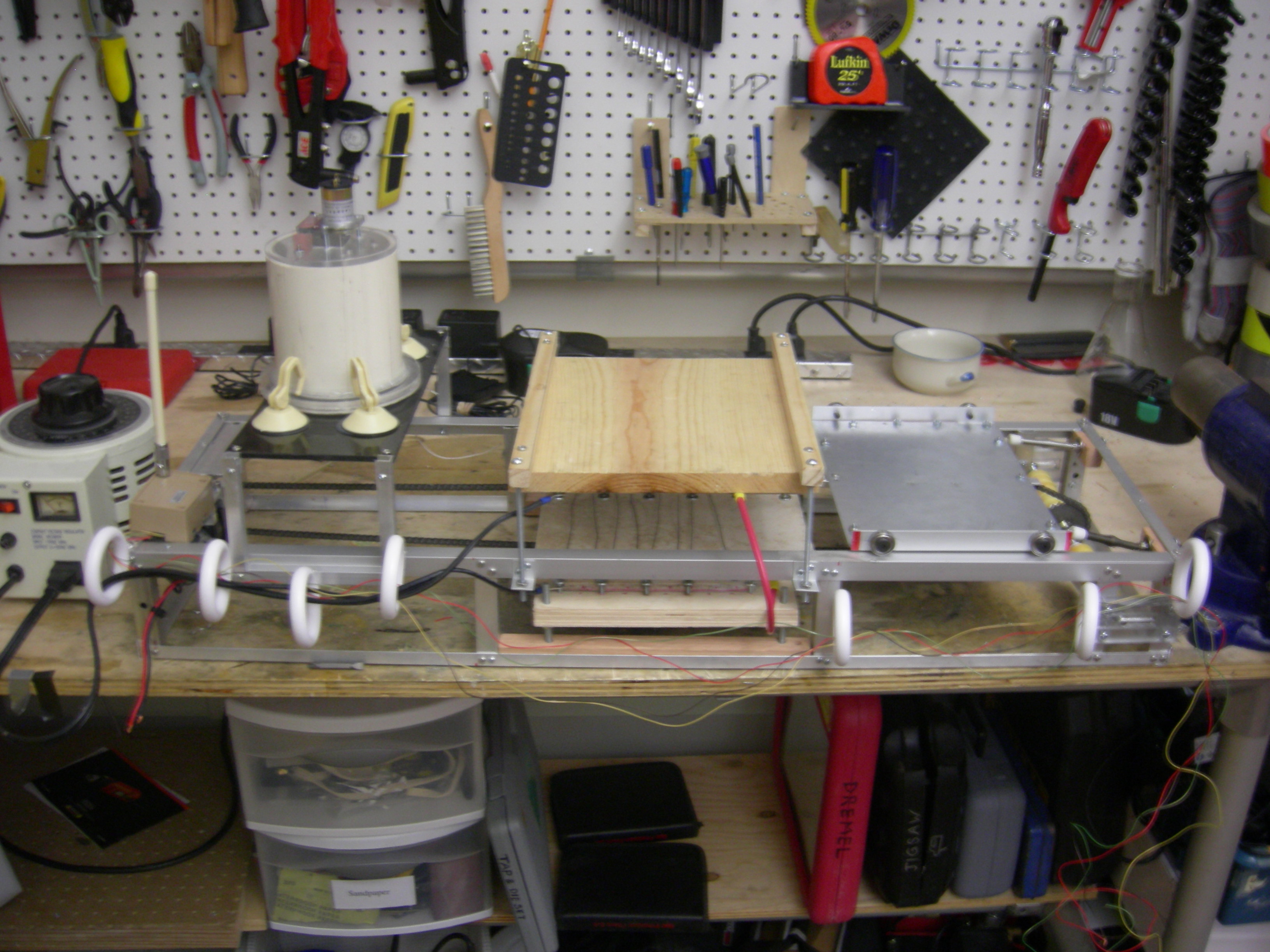When we opened our box of junk from American Science & Surplus, we decided that it was properly named. It was a box of junk!
The ideas we had of using the junk included some sort of musical instrument and a waffle maker. Having not eaten anything, we all decided to try to make an automatic waffle machine. That quickly evolved into a pancake machine since we didn’t have any tools to machine our own grills.
This project is a documentary of our making of the Pancake Maker but not a step-by-step guide. Although we don’t have all the steps to making your own pancake machine, hopefully, this will give a general idea of what to do and not do.


